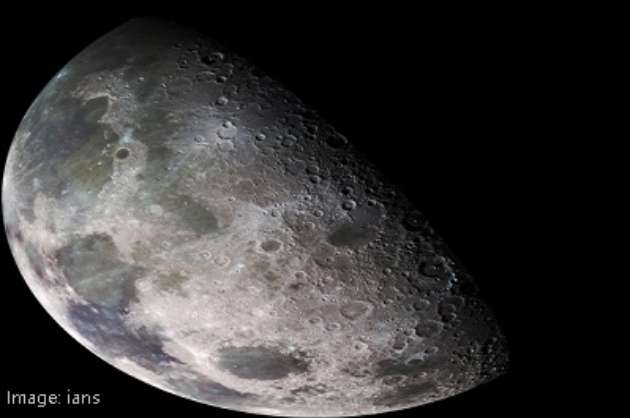Anupama Nair
From the time an immemorial man had loved to gaze at a star-studded sky and at gaze at galaxies many light-years away, and it has been my hobby too as far as I remember. As a child, I had thought the stars were the souls of our ancestors. It took me some time to understand they were stars and planets as my science teacher taught me, and I learned that the branch of science which dealt with celestial objects, space, and the physical universe as a whole is called astronomy.
I am now going to talk about the ancient civilizations and their studies and later about modern science.
Ancient India has been home to one of the most fascinating intelligent activities that mankind has in recorded history. India is called the ‘cradle of civilizations’ and has one of the oldest civilizations in the world. Our ancestors had followed a strong tradition of science and technology as it is well-known ancient India was a land of sages or rishis as well as a land of scholars and scientists.
From the Vedic times till the present, Indians have exhibited unmatchable deep understanding and mastery over ‘knowledge across the spectrum. Our ancestors have left us a great treasure trove of “knowledge, and the rational interpretation of these ideas, which has become the basis of knowledge discovery across the civilization for several ages now. From astronomy to metallurgy, mathematics to medicine, our contribution to the global knowledge discovery is massive”.
Not satisfied with discovering and recording scientific treatises, the Indian sages had also tied to learn the scientific methods of the other cultures, thus displaying a real scientific attitude. As a fact what is interesting is, such an effort by the ancient Indians has been considered by prolonged observations, especially with the naked eye and simple tools, aided by techniques that we seem now to discard as crude and primitive. Indians also had produced a lot of literature on different aspects of “astronomy, cosmology, numerology, measures of time, development of observatories, and many instruments”. The ancient Indians were also considered the first to study the planetary motions, design calendars, study time and the inter-disciplinary nature of many of these above aspects. India’s ambitious space program ‘Chandrayan’ or journey to the moon proved how far-thinking our ancestors were.
Similar to the Indians, the ancient Babylonians were also among the earliest civilization to document the movements of the Sun and the Moon. They maintained a very thorough record of the planetary motions including a daily, monthly, and yearly position of the celestial bodies. This information was earlier used to warn the Babylonian king about possible catastrophic events. It is believed that the first appearances of the famous Hailey’s comet were documented by the Babylonians many centuries before Sir Edmund Hailey and it is also they who first divided the sky into zones.
(to be continued…..)

































